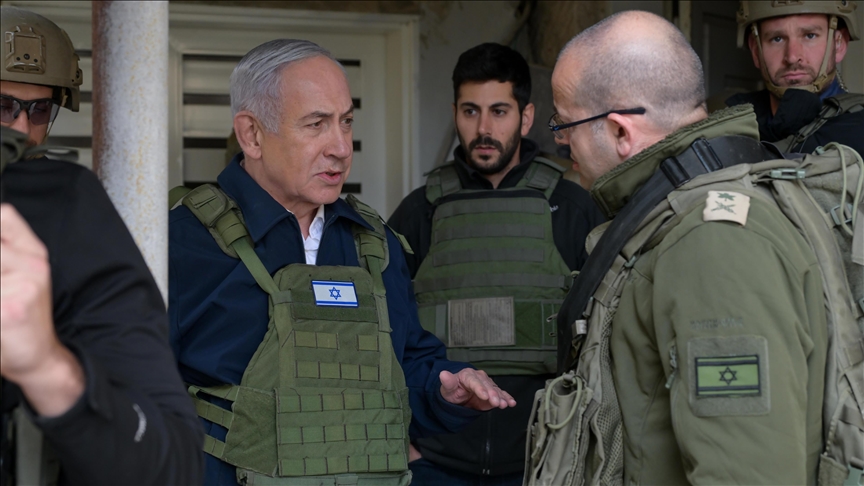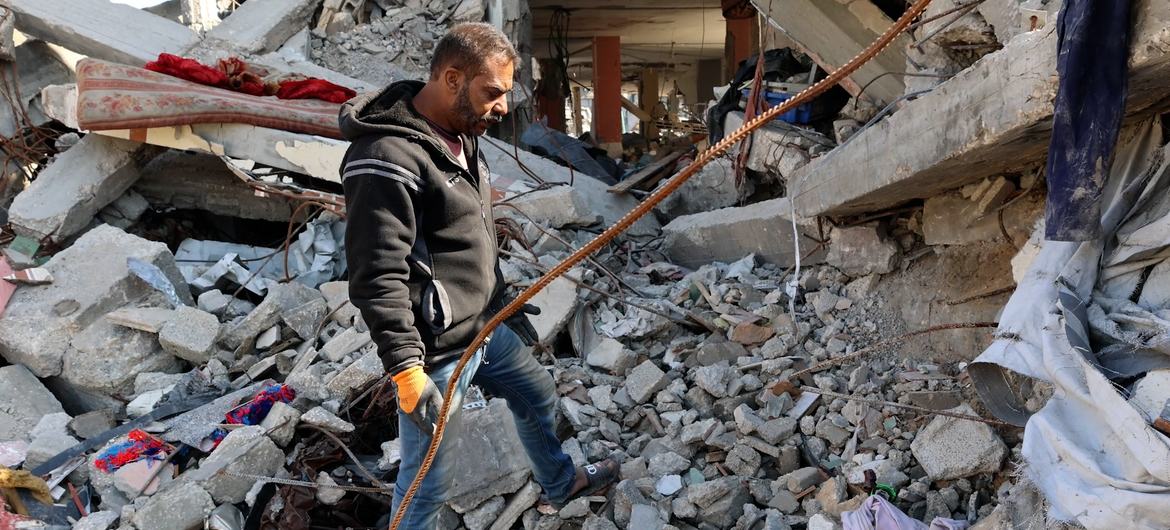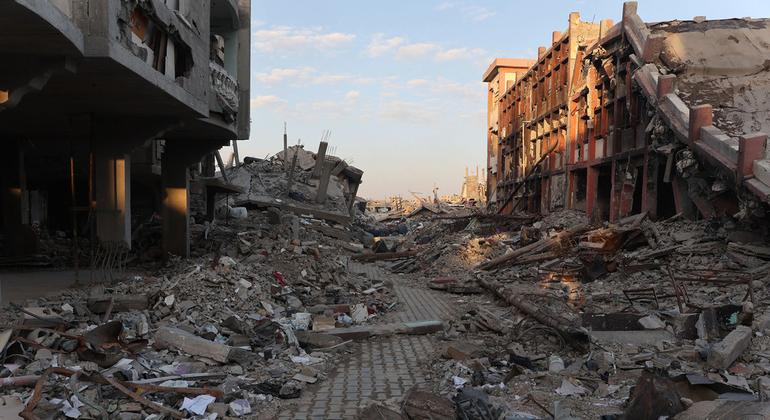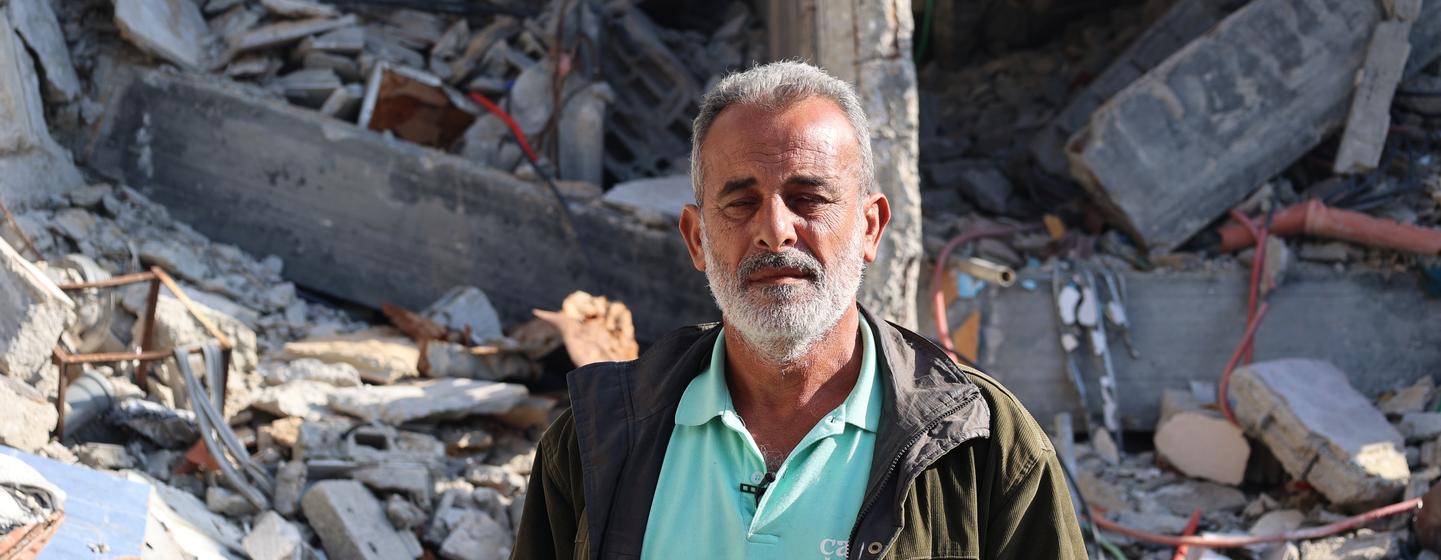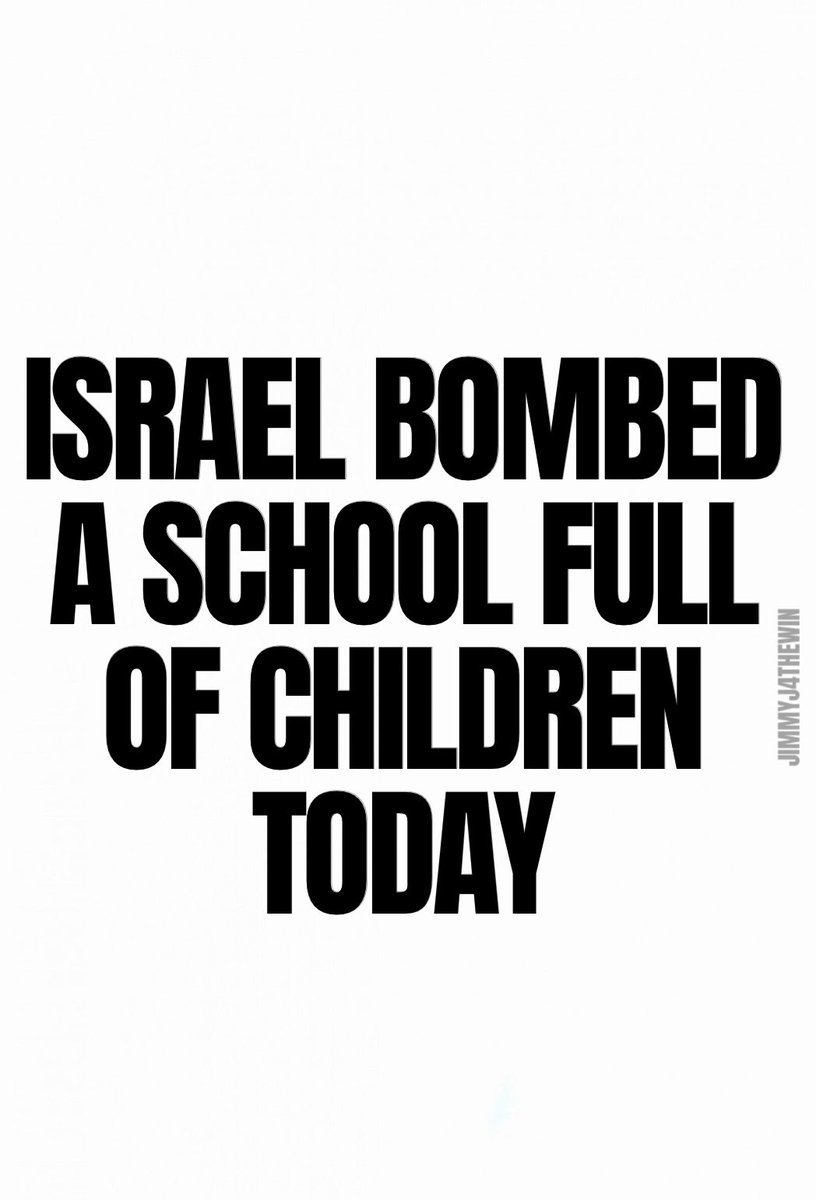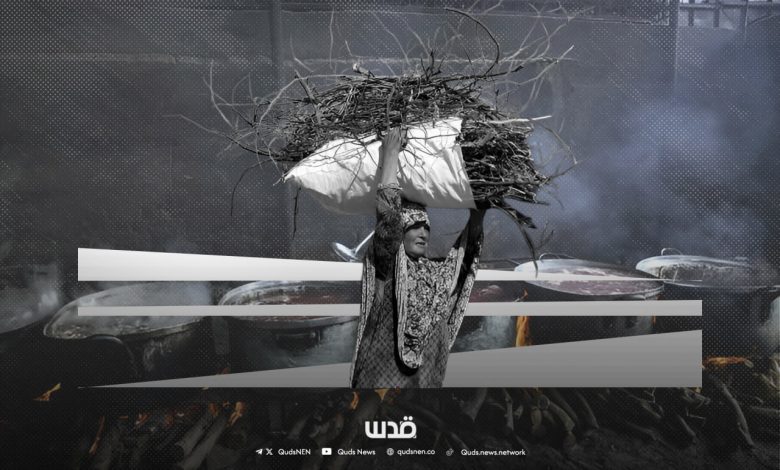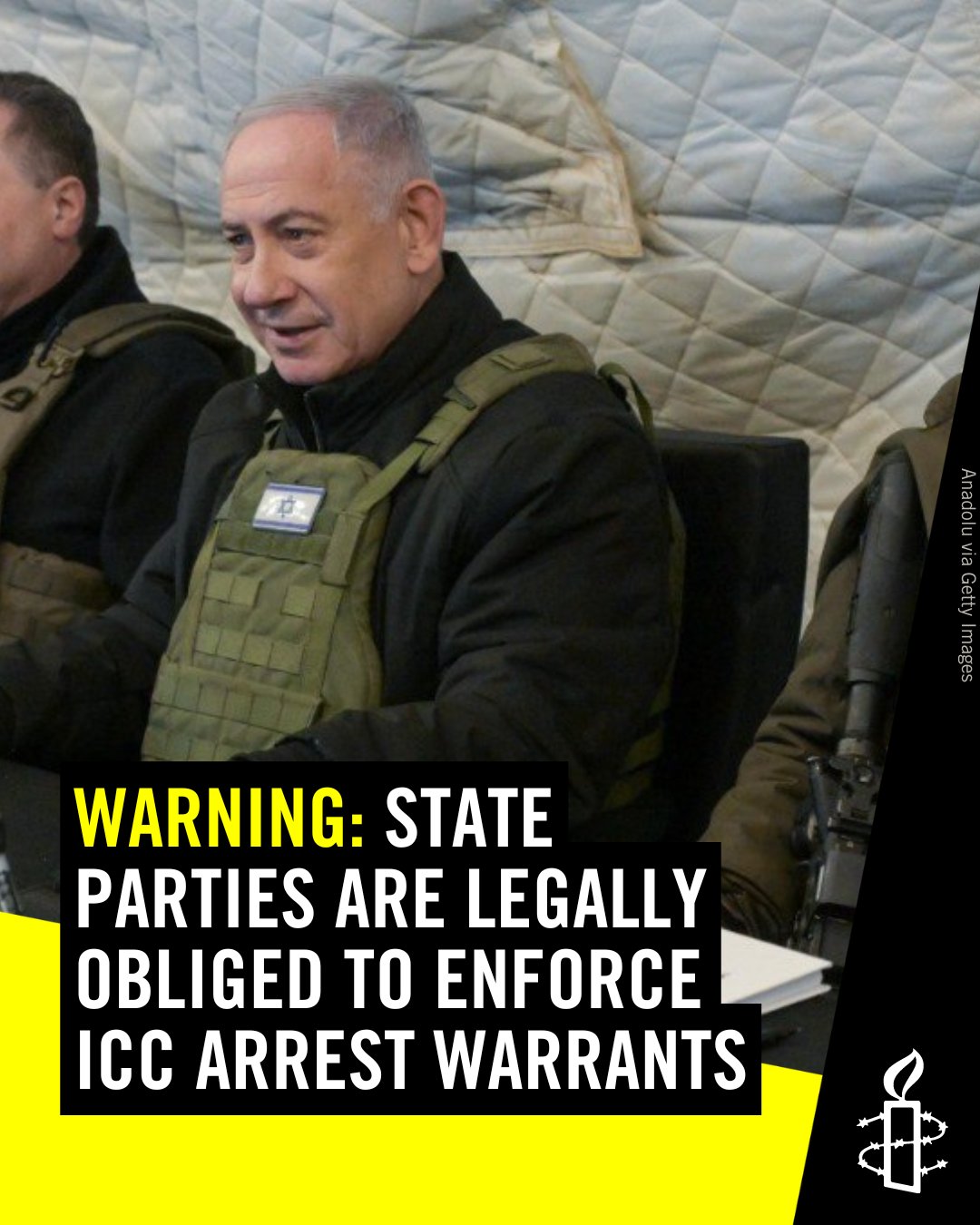Netanyahu’s Trap!
The already fragile ceasefire in Gaza was further shattered as Israeli Prime Minister Benjamin Netanyahu declared that Israel had “resumed combat in full force” against Hamas in the Gaza Strip on March 18, during the Muslim holy month of Ramadan. In the hours following Netanyahu’s announcement, Israeli airstrikes – which had already been routinely violating the ceasefire in recent weeks – killed more than 400 Palestinians, including a significant number of children. Later that day, Israeli forces launched a new ground offensive, reportedly killing at least 48 more Palestinians, according to local health workers.
Vowing to eradicate Hamas, Netanyahu described the renewed phase of state terrorism as “just the beginning”. Meanwhile, Israeli sources confirmed that the assault was conducted in “full coordination” with the United States. Also on Wednesday, Israel carried out an attack on a UN facility in central Gaza City, killing a foreign staffer and wounding five others. Jorge Moreira da Silva, Executive Director of the UN Office for Project Services, condemned the strike, stating: “Israel knew this was a UN compound where people were living and working. It is a well-known location.”
From the outset, Netanyahu’s office has justified the assault by accusing Hamas of preparing new attacks, refusing to release hostages, and rejecting all proposals put forward by US presidential envoy Steve Witkoff and other mediators. At the UN Security Council meeting on Gaza, convened just hours after the renewed Israeli offensive, the US envoy placed exclusive blame on Hamas for the collapse of the ceasefire. According to the Israeli government, approximately 59 Israeli captives remain in Gaza, with fewer than half believed to be still alive. Hamas, however, denied rejecting the US envoy’s proposal, accusing Netanyahu of deliberately resuming hostilities to sabotage the ceasefire agreement. The group characterized Israel’s actions as a “unilateral” annulment of the existing deal.
Arab countries, including Egypt and Qatar – both key mediators in the peace negotiations – have strongly condemned Israel’s latest military escalation. On March 20, the US State Department reaffirmed the “bridge proposal” put forward by the US President Donald Trump’s administration last week. It aims to extend the first phase of the ceasefire and hostage release agreement between Israel and Hamas, and remains on the table. Given this backdrop, the question arises: What is driving Netanyahu’s genocidal ambitions?
A zero-sum game?
Netanyahu appears to be maneuvering to reduce the original multiphase ceasefire agreement to just its first phase, securing the release of all Israeli hostages before resuming his military campaign in Gaza. Hamas, however, recognizes the trap. At present, neither the US nor mediators like Egypt and Qatar can offer Hamas any guarantees that if it releases all remaining hostages – both dead and alive – Israel will commit to entering the second phase of the agreement.
It is worth recalling that Israel had already delayed negotiations for the second phase, which was initially scheduled to begin 16 days after the agreement took effect. By the time phase one was set to conclude on March 1, Israel had refused to advance talks, effectively stalling the diplomatic process.
Since March 2, Israel has taken increasingly punitive measures against Gaza. According to the UN, it has blocked the entry of all lifesaving supplies, including food, medicine, fuel, and cooking gas, affecting 2.1 million people. It has also sealed off all crossing points and, on March 9, ordered a complete shutdown of Gaza’s electricity supply. The blackout has severely impacted desalination plants, which provide clean drinking water to some 600,000 people. Yet, despite these actions, Israel continues to evade accountability for its collective punishment of Gaza’s population.
What is Israel’s endgame for Gaza?
Israel appears to be accelerating efforts to implement what some critics describe as a plan to radically reshape Gaza’s demographic and political future. Netanyahu, frustrated by his failure to eliminate Hamas and achieve clear strategic objectives, is pampered by Trump’s proposal to “take over” and “own” the Gaza Strip. At present, Netanyahu is exploiting the geopolitical status— including high-level talks between Trump and Russian President Vladimir Putin over Ukraine and the US military campaign against the Houthis in Yemen—which have diverted international attention away from Gaza. This distraction provides him with an opportunity to escalate the attacks with fewer diplomatic constraints.
However, Netanyahu’s thirst for blood is not only deepening the humanitarian catastrophe in Gaza but also exacerbating regional tensions, pushing the Middle East toward prolonged instability. His actions risk triggering wider spillover effects, particularly in Lebanon and Syria, and further escalating an already volatile landscape. The pressing question remains: does Israel have a long-term strategy for Gaza, or is it merely waging a campaign of destruction with no viable political exit strategy? Another crucial consideration is, following their emergency summit in Cairo on March 4, how will the Arab League reconcile Egypt’s reconstruction plan with Israel’s relentless aggression?
The urgency of a concerted diplomatic and strategic effort to curb Israeli aggression and expansionism cannot be overstated. Without immediate intervention, the entire region will bear the long-term consequences of unchecked military escalation and political destabilization.
Serhan Afacan is associate professor at Marmara University’s Institute for Middle East Studies and president of Center for Iranian Studies (İRAM).

